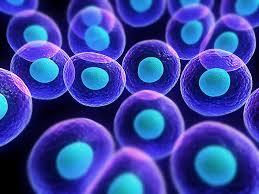Improving these elements will also improve the efficient uptake of drugs inside the body. When the body processes drug molecules that are in crystalized from, it makes these drugs more difficult to dissolve. Several innovative drugs have been discontinued because they had poor solubility.
"The high-speed air flow enables fast evaporation of the solvent, which leaves no time for the molecules to arrange themselves in the form of a crystal,” Dr. Christian Holtze, research manager at BASF, said. “Molecules, therefore, arrange themselves randomly in an amorphous structure and are ten times easier to dissolve.”
The scientists created a microfluidic nebulizer that will make small nanoparticles from drugs after they are dissolved into a solvent. Then the drugs are exposed to a fast air stream that travels at 600 meters per second. This is almost twice the speed of sound.
"This system offers exceptionally good control over the composition, structure and the size of particles, enabling the formation of new materials," Esther Amstad, professor at EPFL and former researcher at Harvard, said.
BASF is located at 4403 Pasadena Freeway, Pasadena.




 Alerts Sign-up
Alerts Sign-up